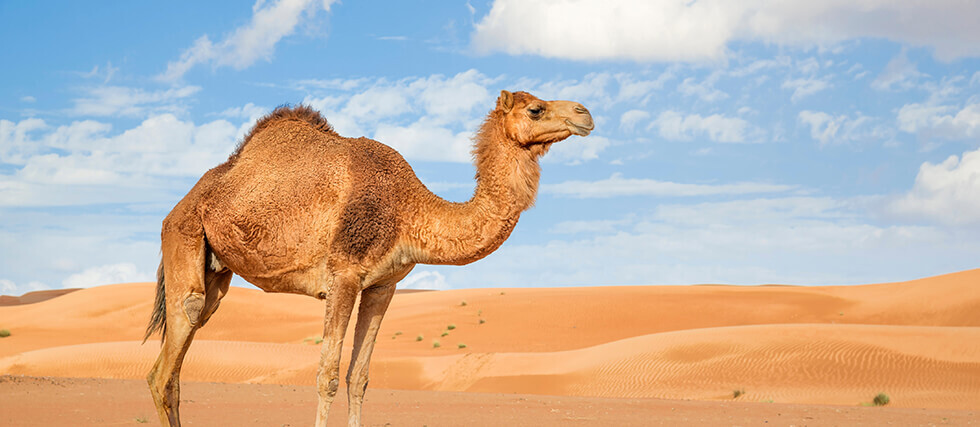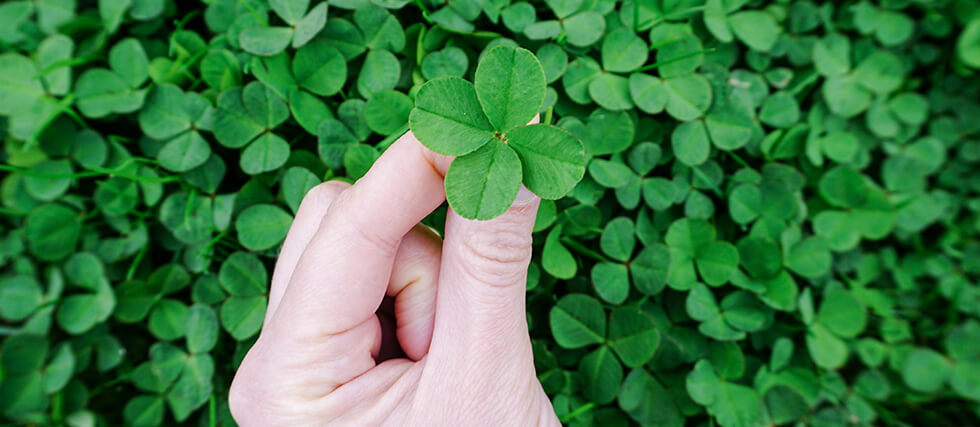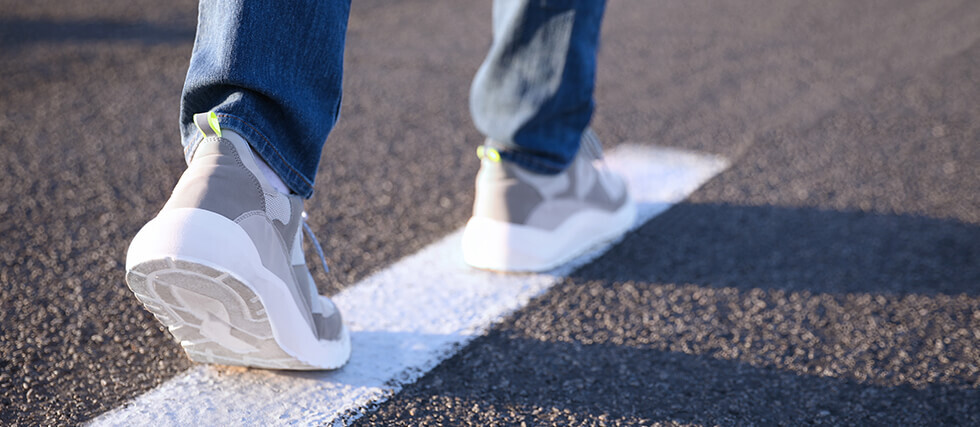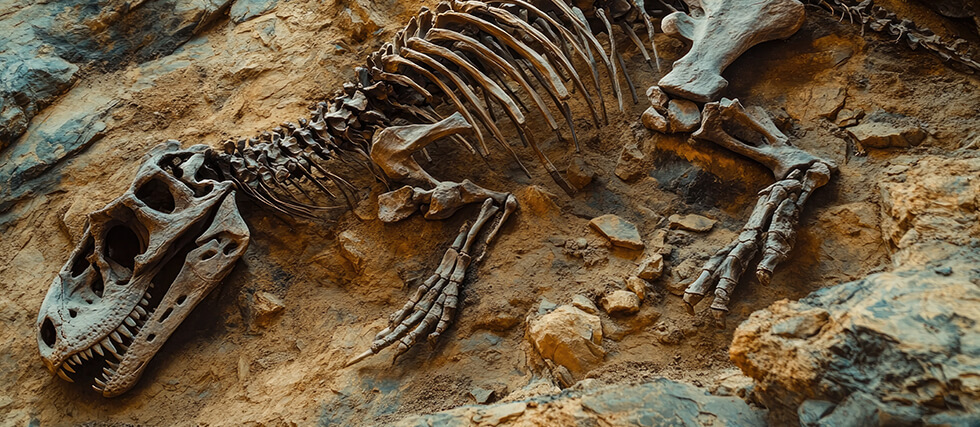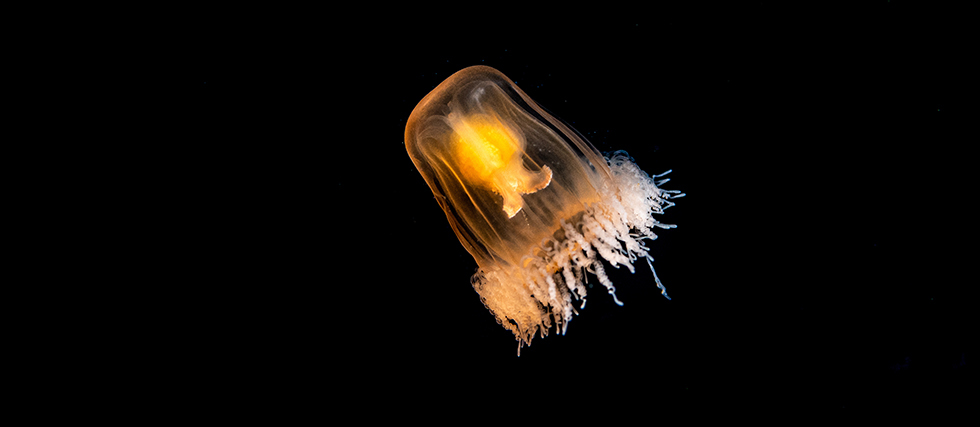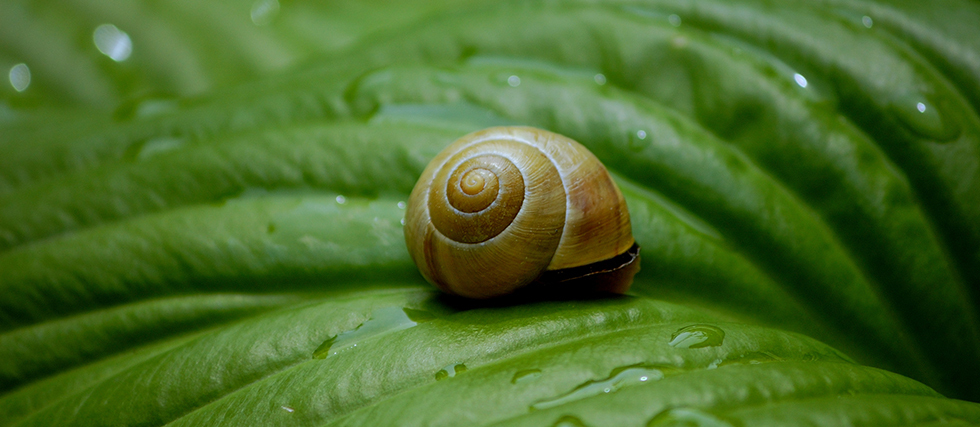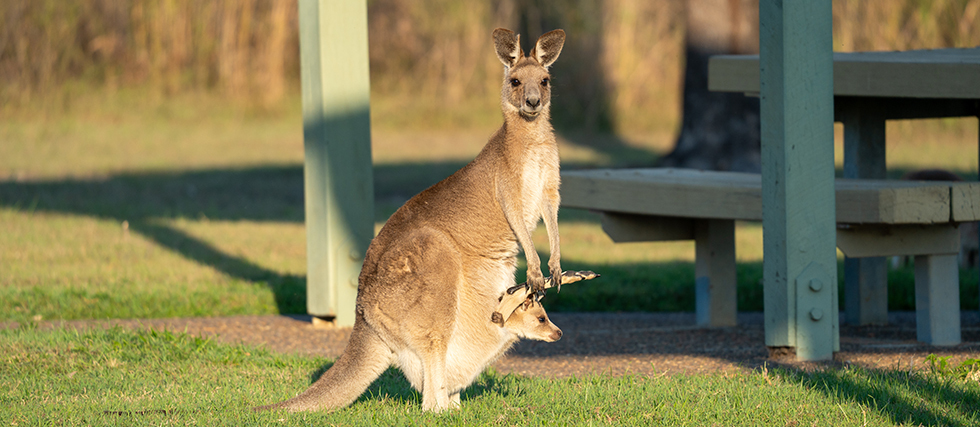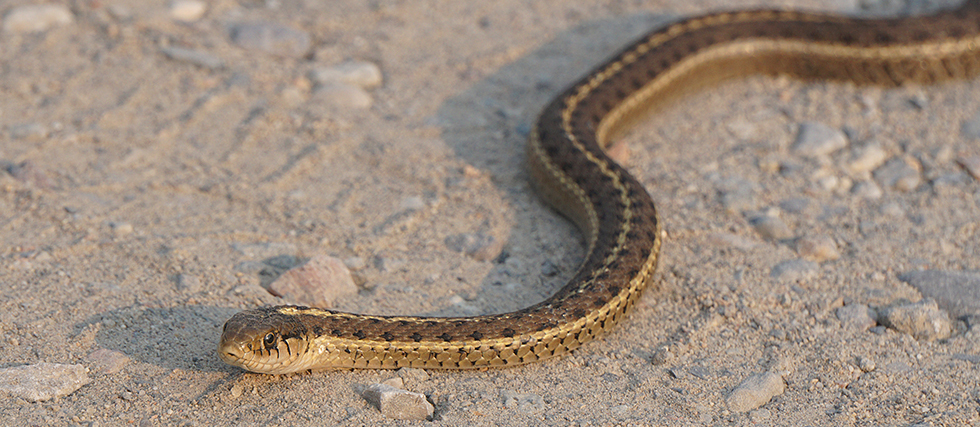Camel milk is harder to curdle than cow milk
While camel milk is more resistant to curdling than cow milk, it can still curdle under certain conditions.
Camel milk has a different composition of proteins (caseins) than cow milk. These proteins are less likely to clump together and form curds when exposed to acid or heat. Camel milk is naturally more acidic than cow milk, which can help to prevent curdling. And the milk contains enzymes that can help to break down the proteins that cause curdling.
However, camel milk can still curdle if exposed to high heat, mixed with acidic ingredients such as lemon juice or vinegar, or contaminated with bacteria.
While traditional rennet (an enzyme used to make cheese) doesn’t work well with camel milk, alternative methods have been developed to produce camel milk cheese.
Camel milk has been a staple in nomadic cultures for centuries, and it’s gaining popularity worldwide. Here are some interesting facts about this unique beverage:
- Low in fat: Compared to cow milk, camel milk is lower in fat, particularly saturated fat.
- High in vitamins and minerals: It’s a good source of calcium, vitamin B1, iron, and potassium. It even has 3 times more vitamin C than cow milk!
- Rich in disease-fighting compounds: Camel milk is packed with antioxidants and immunoglobulins, which may boost your immune system.
- Easy to digest: It’s naturally low in lactose and has a different protein profile than cow milk, making it easier to digest for some people with dairy sensitivities.
- Salty taste: Camel milk has a slightly salty taste, which varies depending on the camel’s diet and the season.
- Sustainable source: Camels require less water and feed than cows, making them a more environmentally friendly option in arid regions.
- Ancient tradition: Camel milk has been consumed for thousands of years by nomadic cultures in Africa, the Middle East, and Asia.
- Versatile uses: Besides drinking, camel milk can be used to make yogurt and even ice cream!


